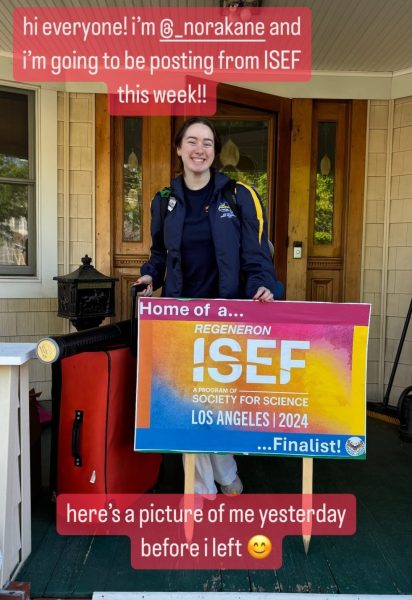Smithsonian Institution Goes Silent Under COVID-19 Regulations
Many public institutions, including the Smithsonian museums, have had to close their doors due to rises in COVID-19 cases.
History is a big part of who people are, and in many cases, we need to examine the past to protect the future. In a nutshell, 2020 has been historic in many ways, and what better place to come in contact with and study history firsthand than a museum. The Smithsonian Institution is the largest museum and educational and research complex in the world. The institution consists of twenty separate museums, including the stunning Smithsonian Gardens and the highly popular National Air and Space Museum. All are filled with historical objects, works of art, and specimens. It is estimated that there are 156 million historical objects in all of the museums. Seventeen of the Smithsonian’s museums are located in Washington D.C., which is one of the most popular tourist destinations in the United States. Unfortunately, the pandemic has caused many popular attractions to temporarily close until further notice.
The Smithsonian, too, was forced to close its doors due to the COVID-19 pandemic, and it is not sure when it can open once again. However, there was hope when it decided to reopen six of its Washington D.C. museums on September 18, with the rest following suit on Sept. 25. Francesca Palumbo, a freshman, was saddened by the closing of the Smithsonian, as she reasoned, “It is a popular location [and] people are going to want to go there.” Freshman Juliet Wrzeniewski believed that closing the Smithsonian was the right call: “Everything must get back to normal, one way or another, and if they have restrictions, I think it is fine.”
After the Smithsonian attempted to reopen, it had to close again due to the rising cases in Washington D.C. As of right now, there is no expected date for the Smithsonian’s return, or any other museums in the D.C. area, for that matter. Julianna Schafer, a freshman, gave her opinion on the matter, saying, “It is necessary that the Smithsonian closed their museums because cases are rising in Washington D.C.” Wrzeniewski also commented, “I think it was necessary…because people felt unsafe, cases were getting high, and they really wanted to make sure everyone would be safe and feel safe viewing and being in the museums.”
Washington D.C. has enforced strict safety precautions for people in the area. Only 30% of the museums in the Washington D.C. area have reopened since the pandemic started. According to an article by the Washington Post, “Even though the museums are opening again, they must take the proper precautions to make sure everyone is safe. Limited hours and limited capacity were made, and face masks were mandatory.” The Smithsonian Institution is an exceptionally large organization, and a big tourist attraction in Washington D.C., so it was no surprise when it closed its doors to the public. Still, one of history’s greatest and most profound lessons is the resiliency of mankind to build back from tragedy and work towards a better tomorrow. Many remain hopeful that the Smithsonian will be able to encapsulate some of this better tomorrow very soon. Until then, it must wait for its home country, and the rest of the world, to make its own history in recovering from the pandemic so they can display this history for future generations in the coming years.




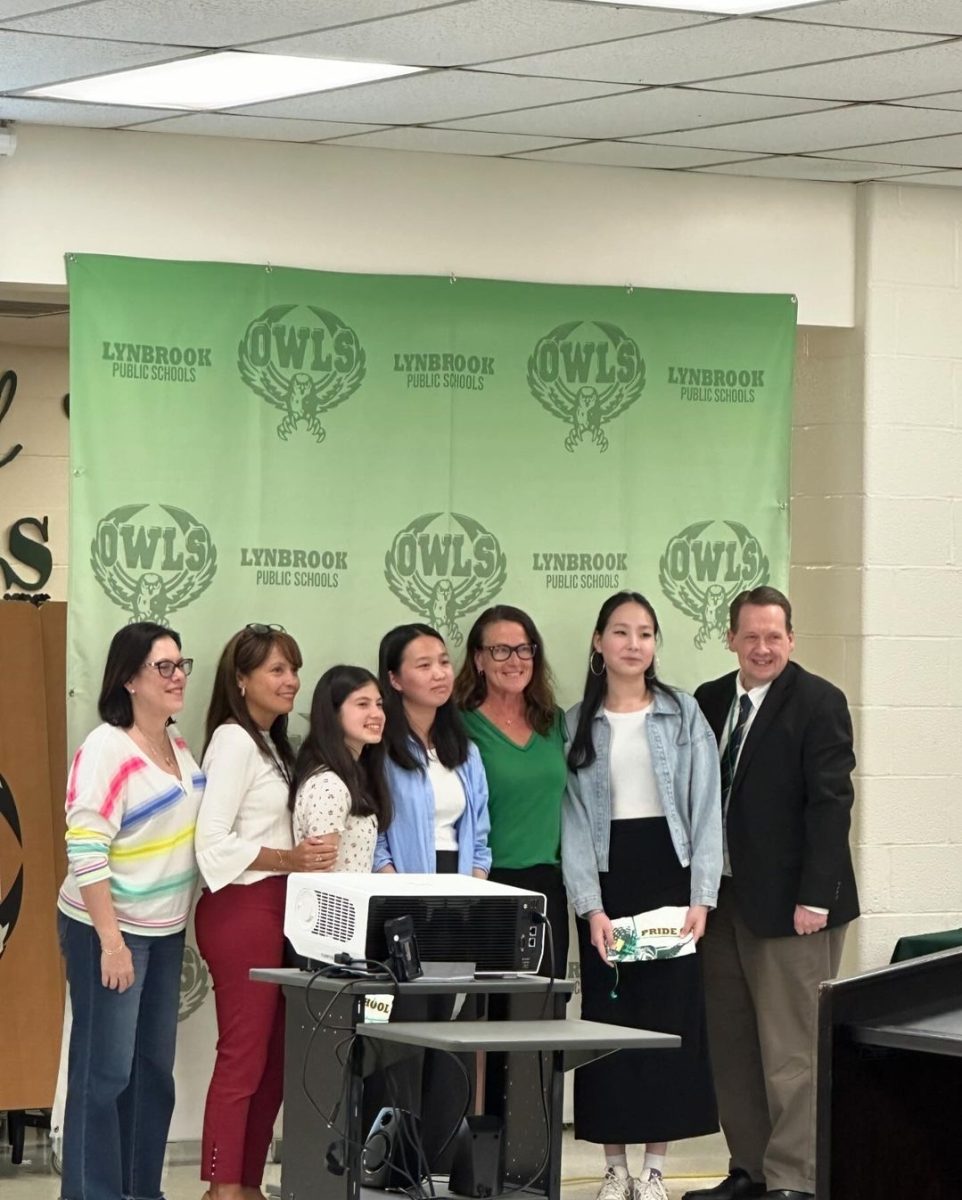
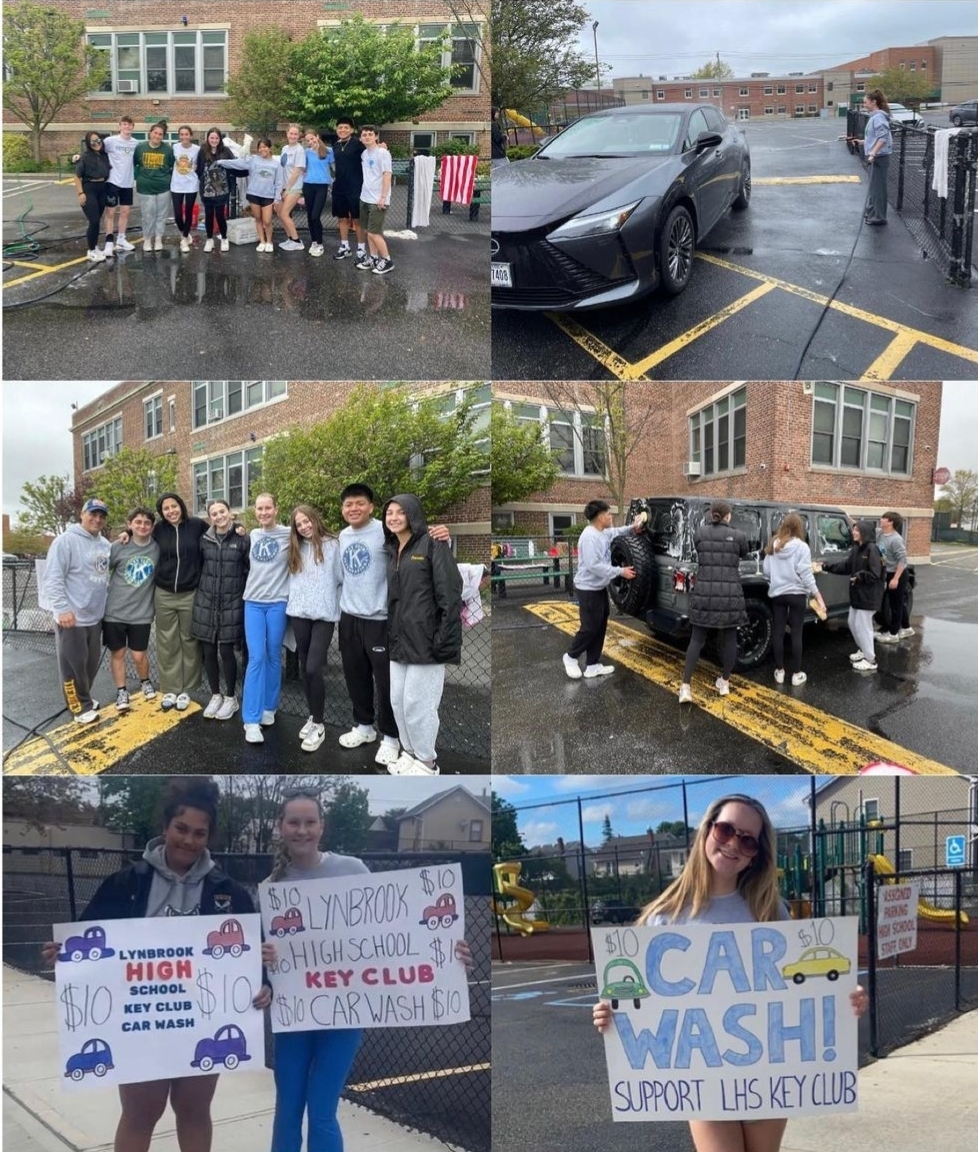

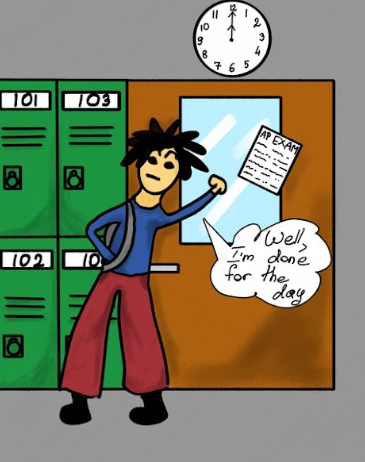
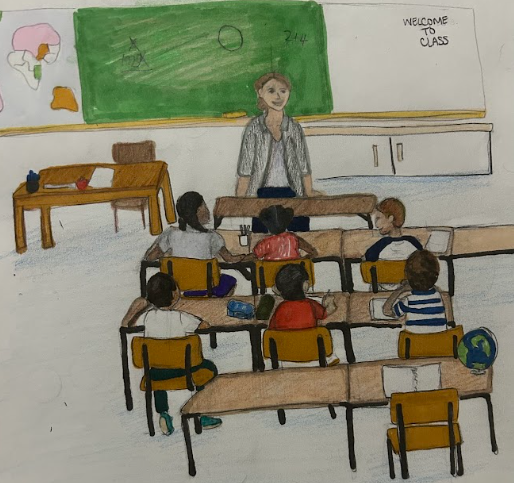




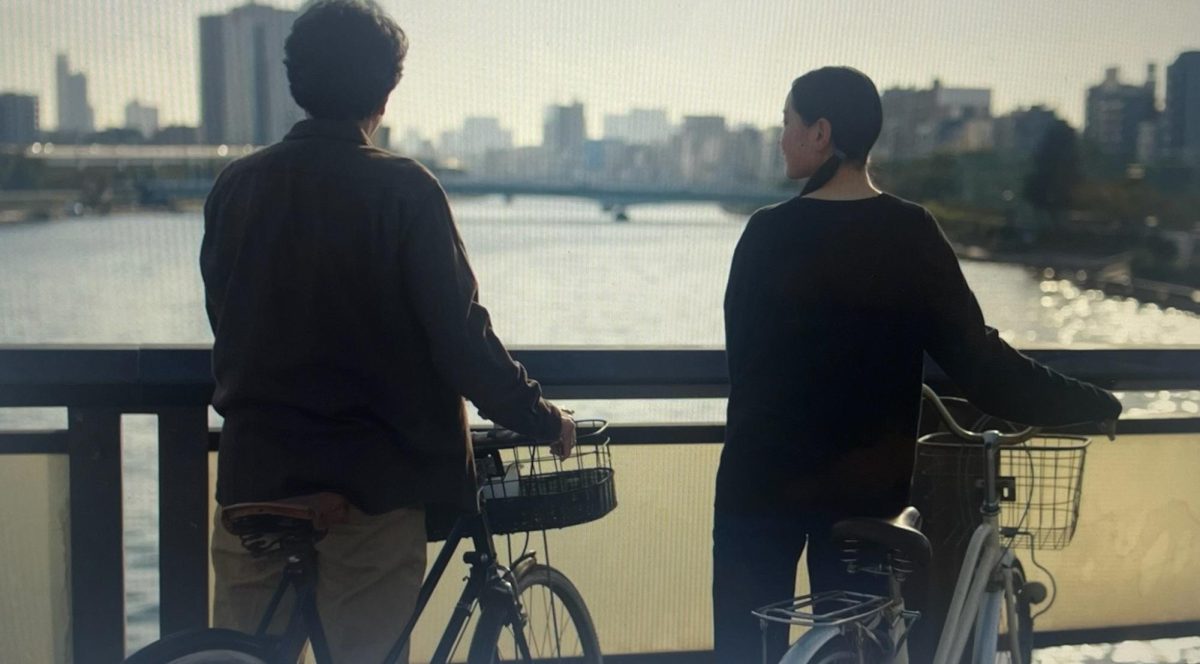
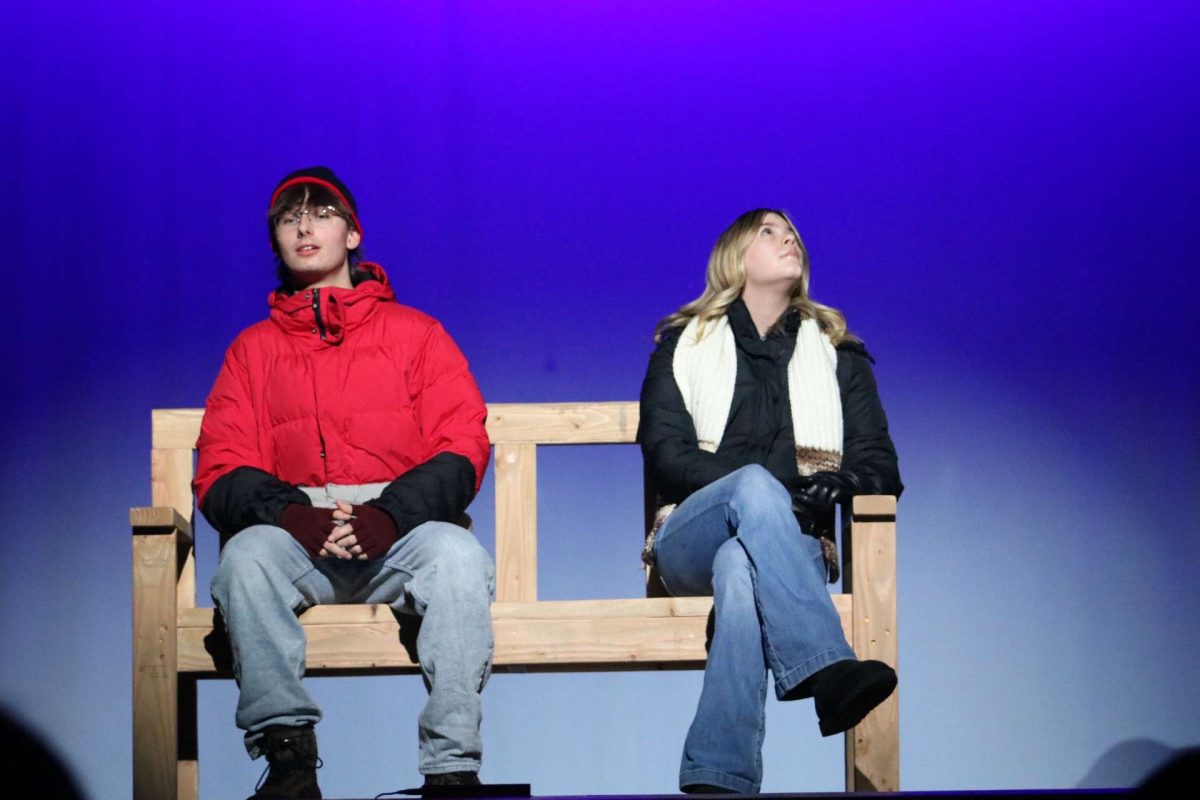
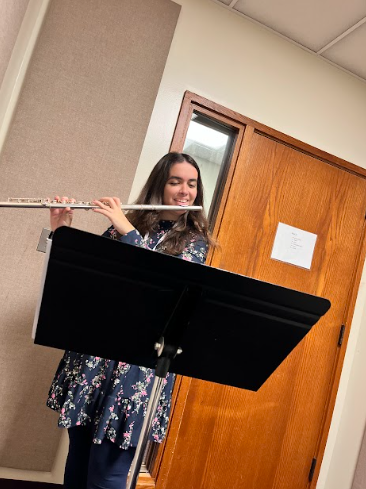
![Key Club members pose for a photo with Club Advisor Dr. Tieniber [far right] at Stonebridge Country Club. Photo Courtesy of @lhstieiber Instagram page.](https://lhshorizon.com/wp-content/uploads/2024/10/tempFileForShare_20241014-162748.jpg)

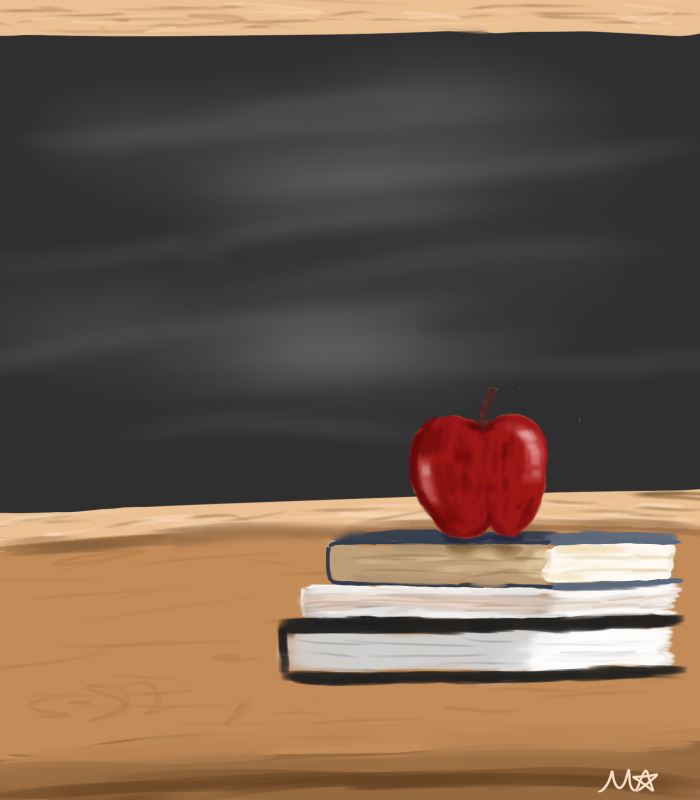
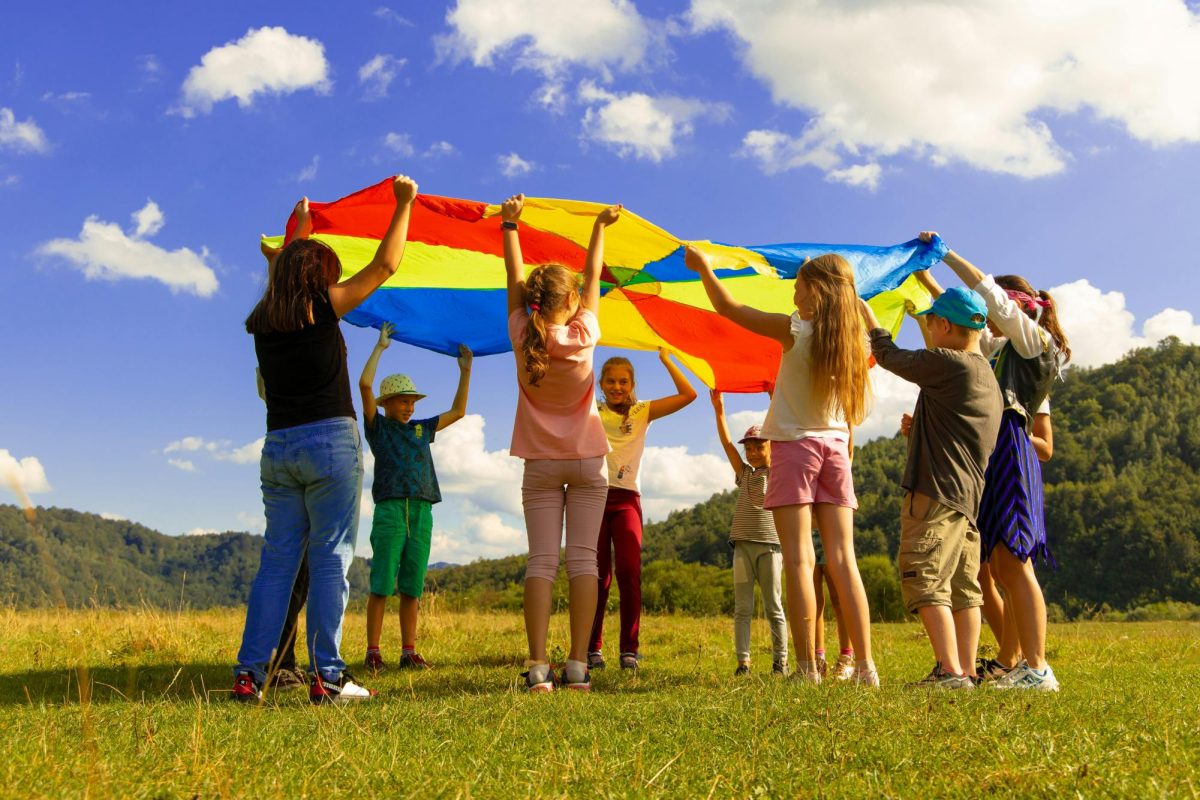
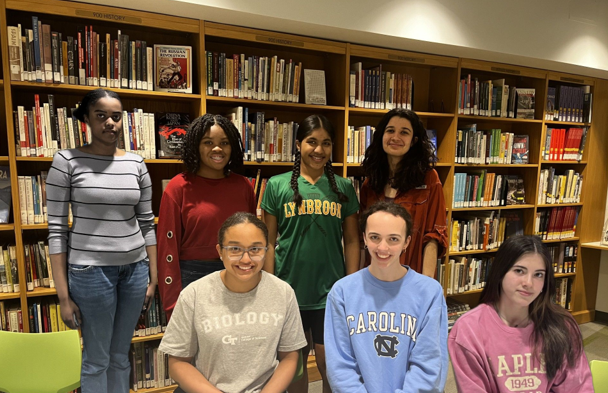
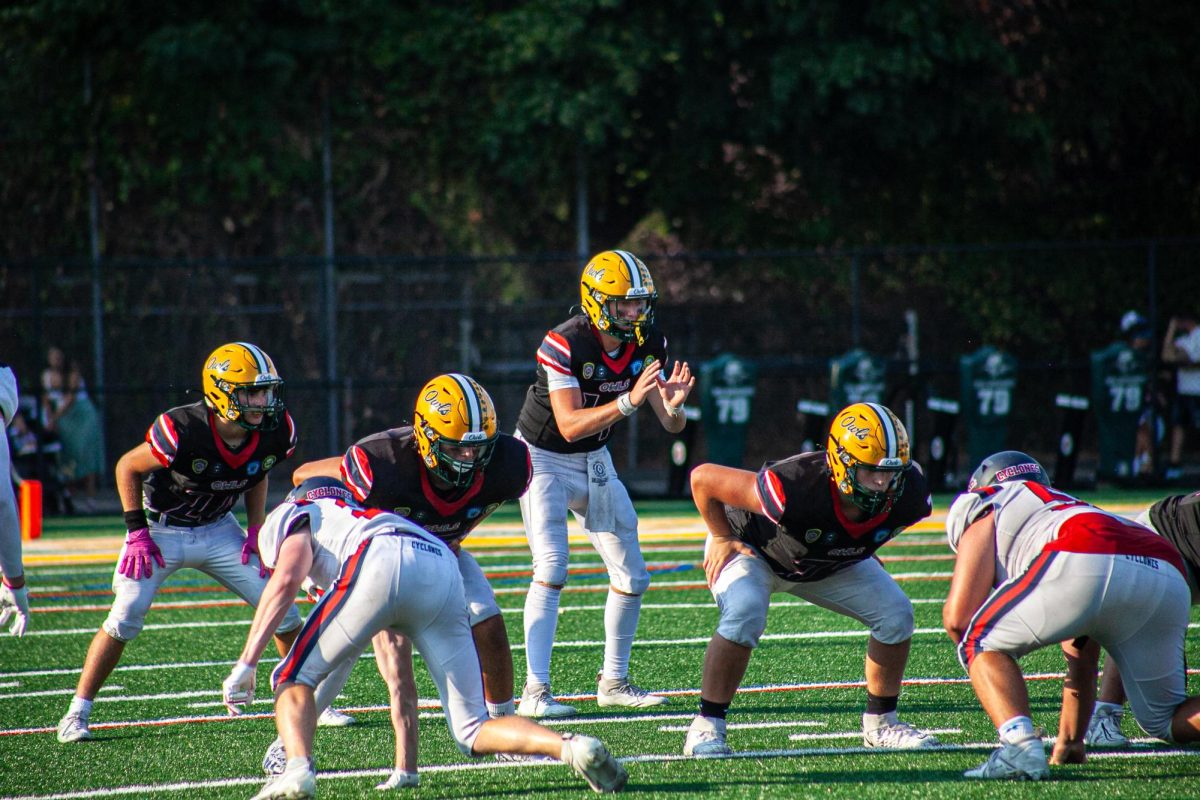
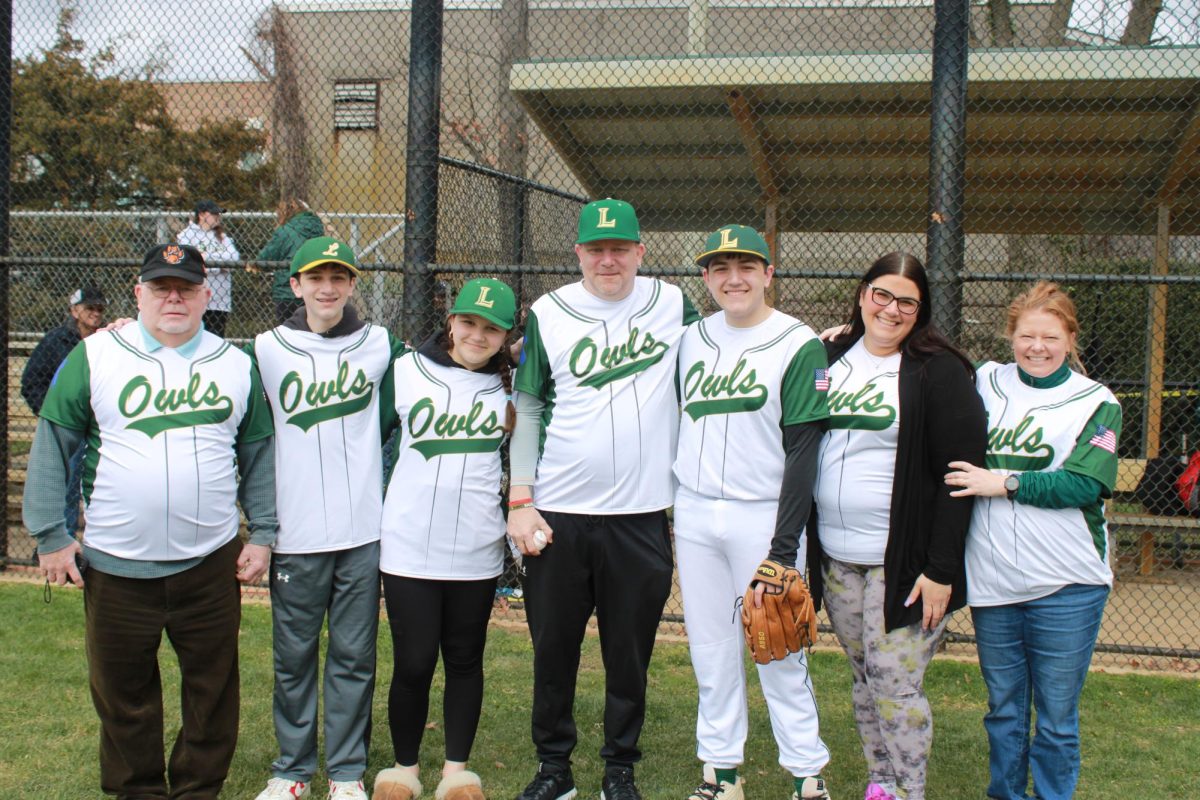

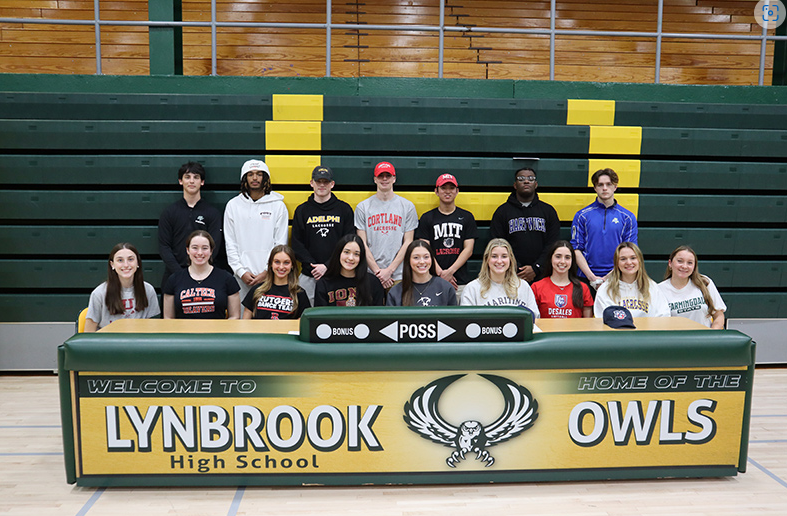

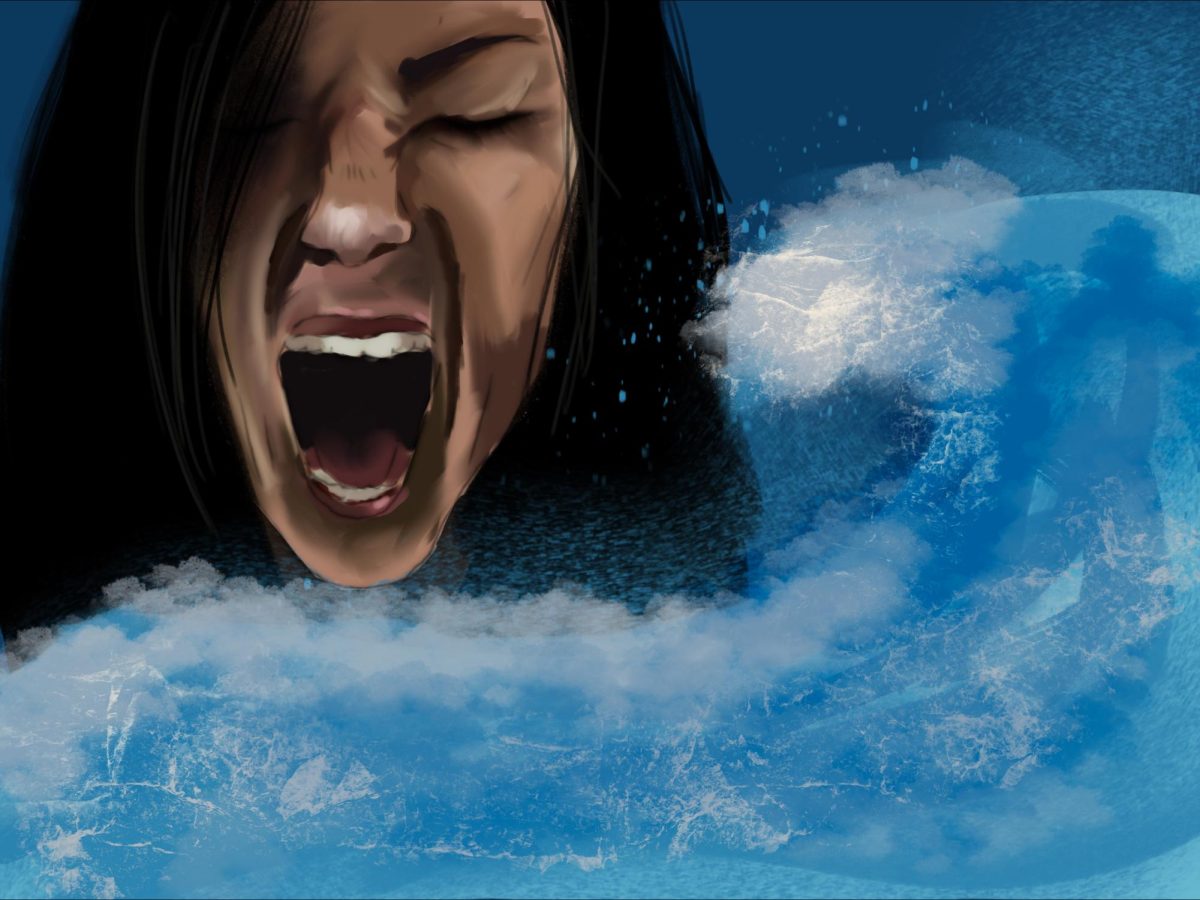




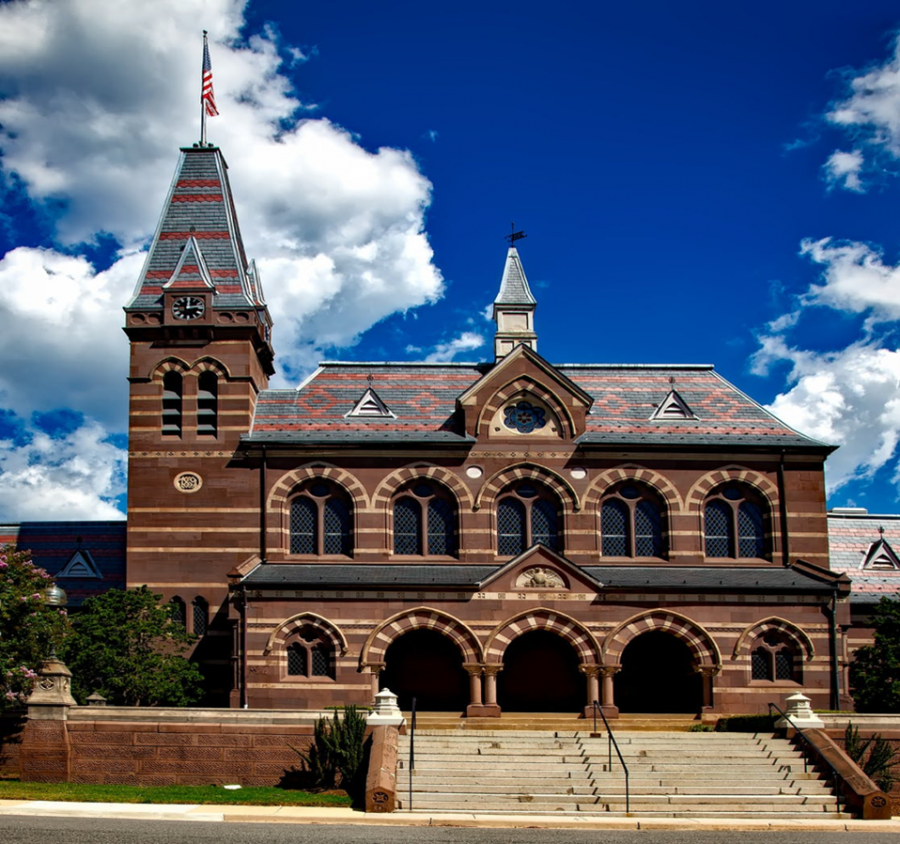


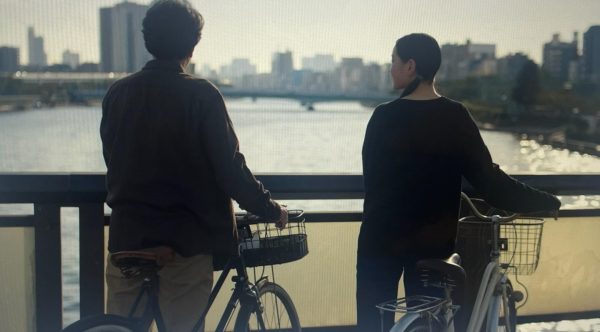
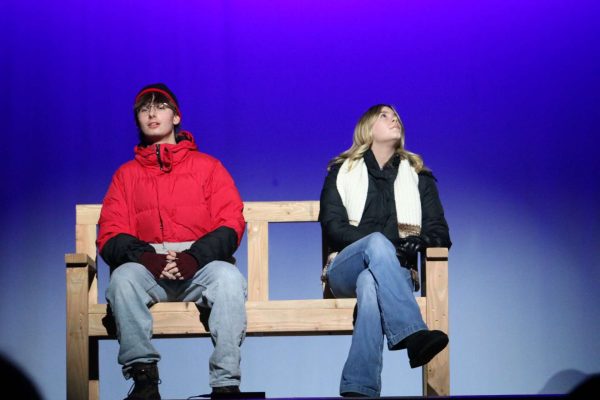


![Key Club members pose for a photo with Club Advisor Dr. Tieniber [far right] at Stonebridge Country Club. Photo Courtesy of @lhstieiber Instagram page.](https://lhshorizon.com/wp-content/uploads/2024/10/tempFileForShare_20241014-162748-600x448.jpg)
